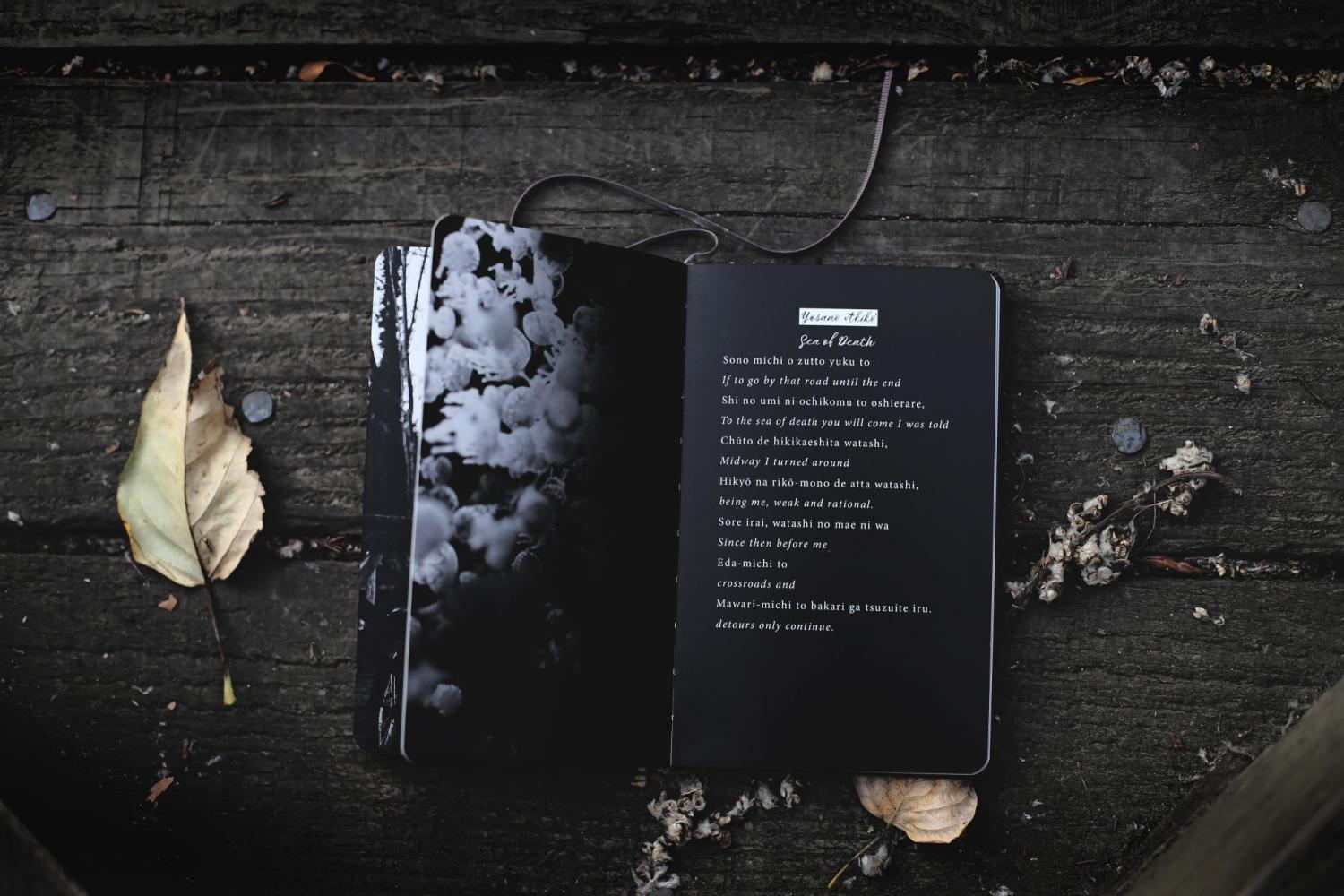ENGL 3245: American Poetry (Spring 2020)

For this semester the subtitle of American Poetry will be “The Visionary Tradition.”
And so it was I entered the broken world
To trace the visionary company of love, its voice
An instant in the wind (I know not whither hurled)
But not for long to hold each desperate choice.
—Hart Crane
There’s one great vein of religious feeling that expresses contempt for the world and pity for mortal man; it stresses the transience and tragedy of life and the constraints of the human condition. It counsels stoicism and otherworldliness and exhorts us to rise above the temptations of the flesh, hinting that we can attain spirituality and transcendence in a purely mental sphere. . . But there’s another strain of religious thinking that is utopian rather than tragic. In line with a long heretical tradition, it tells us that we can achieve spiritual and moral victories even in the fleshpots of the world, through what Blake called “an improvement of sensual enjoyment.” It encourages us to make exorbitant, apocalyptic demands upon life and tells us that we can break through the joyless forms of everyday existence toward a radiant communality and wholeness. It insists that we and the world we live in are more malleable, more alive with possibility, less restricted by circumstance, than society or the notion of original sin would have us believe —Morris Dickstein, Gates of Eden
The visionary creates, or dwells in, a higher spiritual world in which the objects of perception in this one have become transfigured and charged with a new intensity of symbolism. This is quite consistent with art, because it never relinquishes the visualization which no artist can do without . . . This suggests that mysticism and art are in the long wrong mutually exclusive but that the visionary and the artist are allied. —Northrop Frye
This course will trace what has become the dominant tradition in American poetry. Its keynote address is Emerson’s “The Poet,” which urges the following guidelines: 1) form should be an extension of content, not a pre-existing Platonic structure [ “For it is not metres, but a metre-making argument, that makes a poem, -- a thought so passionate and alive, that, like the spirit of a plant or an animal, it has an architecture of its own, and adorns nature with a new thing.”] 2) A language that restores sensuousness and specificity to our poetry [“But wise men pierce this rotten diction and fasten words again to visible things.”] and 3) the subject matter of a poem should be immediate consciousness living its quotidian existence [“I embrace the common, I explore and sit at the feet of the familiar, the low.”]
This course will explore this tradition through the following poets: Walt Whitman, Emily Dickinson, Robert Frost, William Carlos Williams, Wallace Stevens, Hart Crane, Allen Ginsberg, Denise Levertov, Rita Dove, and spoets of your choice. There will be writings and analysis for each class period on Canvas and a final project which has both a teaching and a written component.
Taught by Dr. Martin Bickman.
Requisites: Restricted to students with 27-180 credits (Sophomores, Juniors or Seniors).
Additional Information: Arts Sci Gen Ed: Distribution-Arts Humanities
Departmental Category: American Literature


